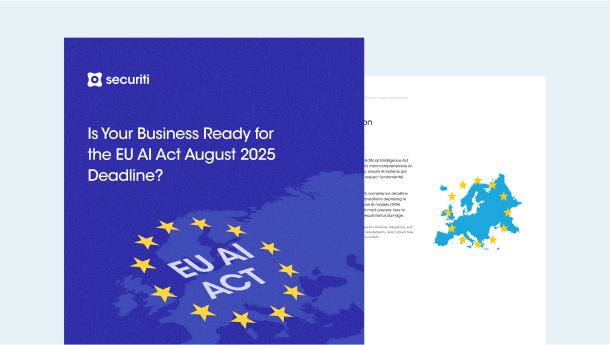The U.S. M&A landscape is back in full swing. May witnessed a significant rebound in deal activity, especially for transactions exceeding $100 million, signaling renewed confidence and strategic maneuvers across sectors. While the allure of growth, synergy, and market consolidation drives these deals, the true success often hinges on a factor frequently underestimated in its complexity: data.
Recent conversations with security and data executives involved in these high-stakes transitions consistently reveal a single, resounding truth: a clear, accurate, and holistic understanding of their data environment is the bedrock of a seamless transition. For IT executives, in particular, a merger, acquisition, or divestiture necessitates three critical imperatives:
- Ensuring appropriate data availability for the transformed entity
- Facilitating the clean split or efficient combination of operational and accounting systems
- Establishing and maintaining robust data governance for all involved parties
But simply naming these imperatives isn't enough. The execution is where companies thrive or stumble. Here are some practical recommendations for leaders to navigate the data minefield and steer your organization safely through these transformational events.
Recommendation 1: Prioritize Data Discovery and Mapping – Early and Comprehensively
The moment a transaction is contemplated, data must become a central part of your due diligence. Don't wait until the deal is signed. Data discovery and mapping are crucial to providing data availability, identifying operational and accounting assets and are a critical step towards establishing robust governance.
- Go Beyond the Surface: It's not enough to know what applications exist. You need to understand the data within them: its type (personal, financial, IP, operational), its sensitivity, its location (on-prem, cloud, SaaS), its ownership, and its purpose.
- Automate Data Discovery: Manual data mapping is prone to error, time-consuming, and can miss critical "dark data." Invest in technologies that can automatically scan, classify, and map data across your entire hybrid IT estate. This provides the holistic understanding your peers swear by.
- Identify "Crown Jewels" and "Toxic Waste": Clearly identify critical intellectual property, regulated personal data, and any data that poses a significant privacy or security risk. Conversely, identify redundant, obsolete, or trivial (ROT) data that needs to be archived or securely deleted.
How Securiti Can Help: Securiti provides robust capabilities to automatically scan and classify data across environments and identify ROT data. The result is a complete data mapping for the new org.









































